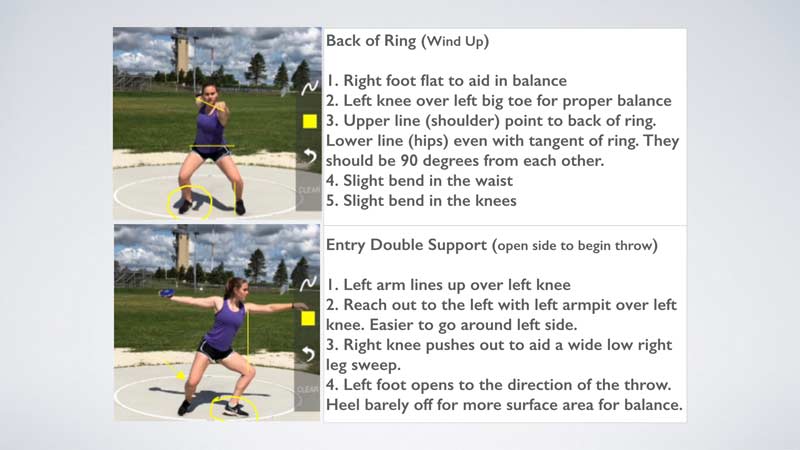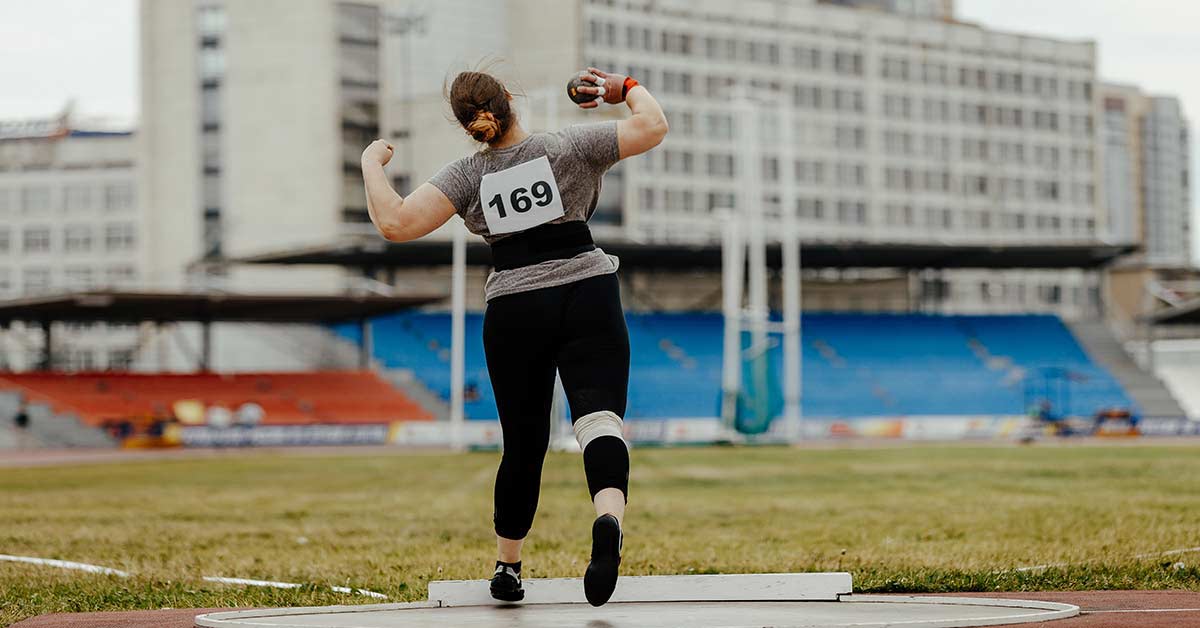4throws Fundamentals Explained
Wiki Article
Not known Details About 4throws
Table of ContentsThe Facts About 4throws UncoveredIndicators on 4throws You Need To KnowThe Single Strategy To Use For 4throws10 Easy Facts About 4throws DescribedTop Guidelines Of 4throws
If not, the young pitchers might be most likely to have elbow joint and shoulder injuries. It is usual for a trainer to "take out" a bottle when the optimum variety of pitches has actually been thrown or if the game situation asks for a change. If the pitcher proceeds to play because game, he must be positioned at shortstop or third base where long hard throws are needed on an already exhausted arm.This combination causes a lot of tosses and raises their danger of injury - Shotput. The safest area is relocating to second or first base where the tosses are much shorter and less stress is placed on the arm. It is likewise important to recognize how long to rest young bottles in order to allow the most effective recovery in between trips
Bottles ought to likewise ice their shoulders and arm joints for 20 minutes after tossing to advertise recovery. Some gamers may play on more than one group in a season. This warrants attention to appropriate rest. Body and arm exhaustion adjustment technicians and cause injury. When playing on multiple groups, take into consideration pitching on just one and playing an area setting on the various other (not catcher).
Any individual can toss a sphere "over-hand," however not everyone can do it well. While tossing a round appears simple, it is really a complex set of movements. Exact throwing with pressure or speed needs the whole body and not just the shoulder and arm. Every component of the bone and joint system is essentially entailed.
The Ultimate Guide To 4throws

(https://www.intensedebate.com/people/4throwssale)The shoulder joint is included three bones, scapulae, clavicle and humerus. The head of the humerus relaxes on the Glenoid fossa of the scapula where it articulates when the muscle mass of the shoulder contract to move the arm. The head is held "versus" the glenoid surface area via the 4 Potter's wheel Cuff (RTC) muscles, which act in unison and create a force pair when the arm is moved.
The additional the shoulder can be externally turned while it is abducted, the greater the sphere can be thrown with pressure and speed, offering all other body components and motions are in synch. If any type of element of these auto mechanics is "off," an injury can strike the shoulder or elbow joint that can result in the inability to toss a round.
It is the start of the throwing activity, preparing the "body components" for the act of throwing a ball. Activity occurs in the reduced extremities and torso where the substantial majority of "power" to toss a sphere is produced. Shot put. In this stage, the shoulder musculature is minimally active. This phase prepares the arm to be able to toss the round.
Fascination About 4throws
This shoulder setting puts the former top quadrant musculature on a "stretch" and prepares it to acquire forcefully when the arm starts to move on in the following stage of the throwing movement. The body starts to progress in the direction of its target during this stage. The lead shoulder is guided at the target and the throwing arm proceeds to relocate right into extreme exterior rotation.
When the ball is launched, the posterior quadrant musculature begins to get eccentrically and violently to slow down and manage the rotational speed of the Humeral head. Theoretically, if the eccentric control of the Humeral head did not take place the arm would remain to rotate inside and "rotate" uncontrollable.
The smart Trick of 4throws That Nobody is Discussing
The last stage of tossing is the follow-through. This stage slows down all body activities and stops the forward activity of the body.
Throwing a ball "over-hand" entails movement in all components of the body. If the auto mechanics are carried out properly, the ball can be thrown with terrific speed and precision. If the body is trained correctly, the act of throwing can be executed repetitively without triggering an injury to the tossing shoulder.

Paul Whatley, M.D. "When I was a kid, baseball was just in the spring and very early summer, so children had a lot of time to recuperate from any concerns attributed to repetitive activities and tension," he claims. "Currently, in order to stay up to date with every person else, there is extreme pressure for gamers to go from the spring season directly into summer season 'All-Star' events and displays, followed by 'Loss Ball.' As a result, there can be very little time for the body to recuperate from a sporting activity where rep is the key to creating the muscle mass memory for success.
What Does 4throws Do?
When this movement is done over and over at a high price of speed, it places considerable stress on the growth areas of the arm joint and the physiological structure of the shoulder, especially in the late cocking and follow-through stages. Due to this, several of the most common injuries seen in baseball players impact the he said shoulder and elbow.Report this wiki page